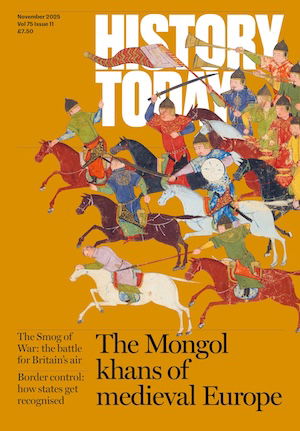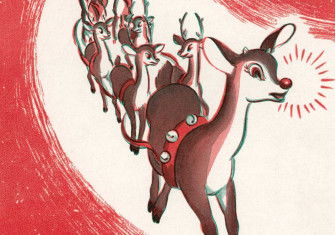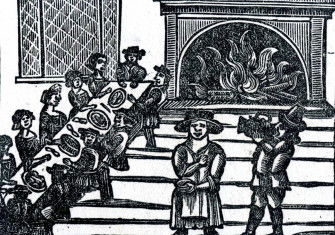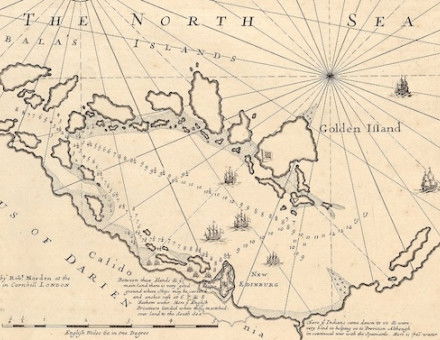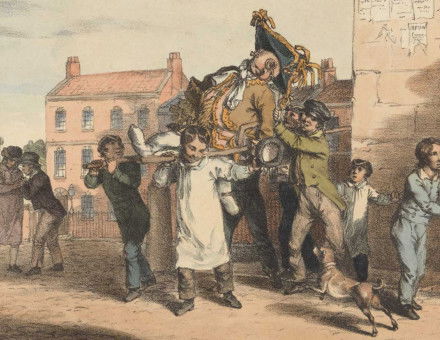The First Christmas Tree
Contrary to myth, it wasn’t Prince Albert but another German royal transplant who introduced the Christmas tree to Britain.
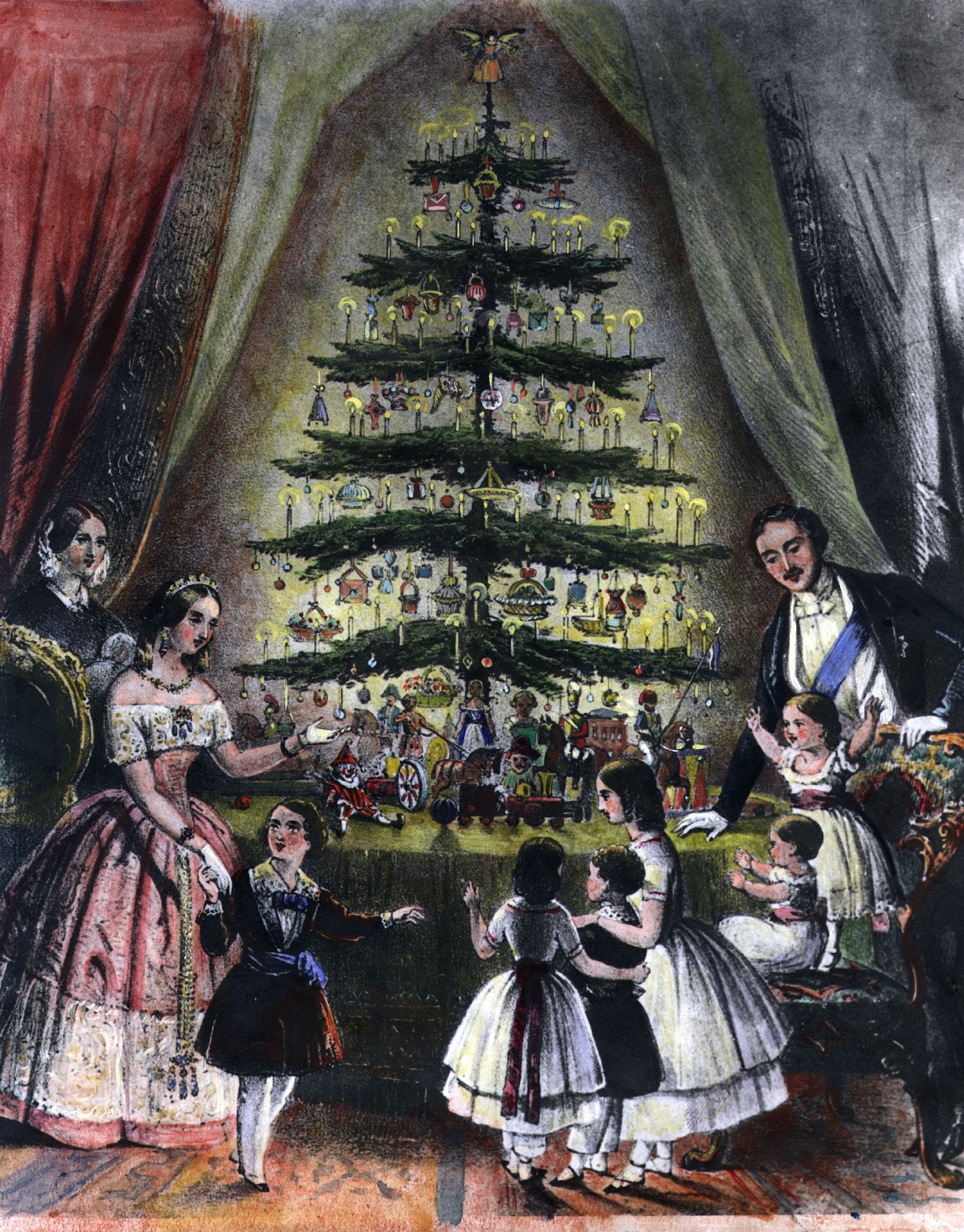
Prince Albert, Queen Victoria’s consort, is usually credited with having introduced the Christmas tree into England in 1840. However, the honour of establishing this tradition in the United Kingdom rightfully belongs to ‘good Queen Charlotte’, the German wife of George III, who set up the first known English tree at Queen’s Lodge, Windsor, in December, 1800.
Legend has it that Queen Charlotte’s compatriot, Martin Luther, the religious reformer, invented the Christmas tree. One winter’s night in 1536, so the story goes, Luther was walking through a pine forest near his home in Wittenberg when he suddenly looked up and saw thousands of stars glinting jewel-like among the branches of the trees. This wondrous sight inspired him to set up a candle-lit fir tree in his house that Christmas to remind his children of the starry heavens from whence their Saviour came.

